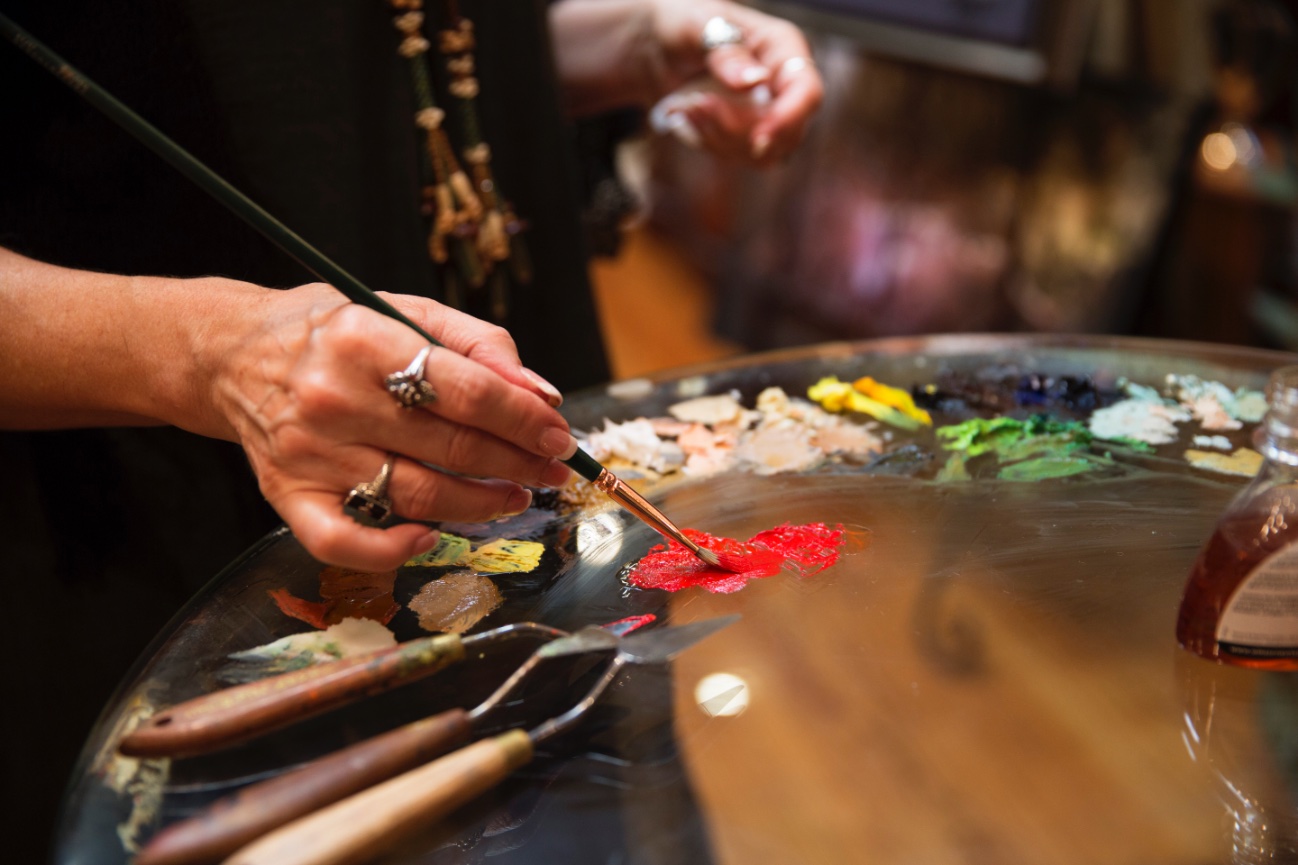
Most ISPA portrait artists begin with a camera study of the subjects, created in the environments most natural to the subject, or at the artists studio, where props, lighting and other materials are readily at hand.
These studies are evaluated, narrowed to several specific images, and then are compiled into the final study for the client’s approval. From this study, the portrait is carefully refined for composition, accuracy of likeness, idealizing form, and other elements of design. The painting process varies from artist to artist, using the vast mediums and technology available to them.
Final portrait images may be giclee prints on canvas or watercolor paper. Images may also be transferred directly to canvas. Some artist chose to use hand-applied brush strokes to complete the portrait prior to varnishing the image. The preparation of these portraits may take from two to four months from the time of the client order.

Whether one is displaying a 500 year old masterpiece at a museum, or a contemporary image printed using modern methods, all art pieces are sensitive to ultraviolet light. Ultraviolet light is a very damaging light wave, mostly found in natural sunlight, but also found in smaller quantities in household lighting.
Your portrait should be framed by a trained expert who understand the archival materials and handling of your portrait. All watercolor prints should be framed behind glass, using acid free materials.
Your portrait will look its best if it has an appropriately color balanced, UV protected light. Consult with your artist about their recommendations for the highest quality product available on the market. Your portrait painting should not be exposed to direct sunlight, as it will likely damage it in a noticeable way within 3-5 years.